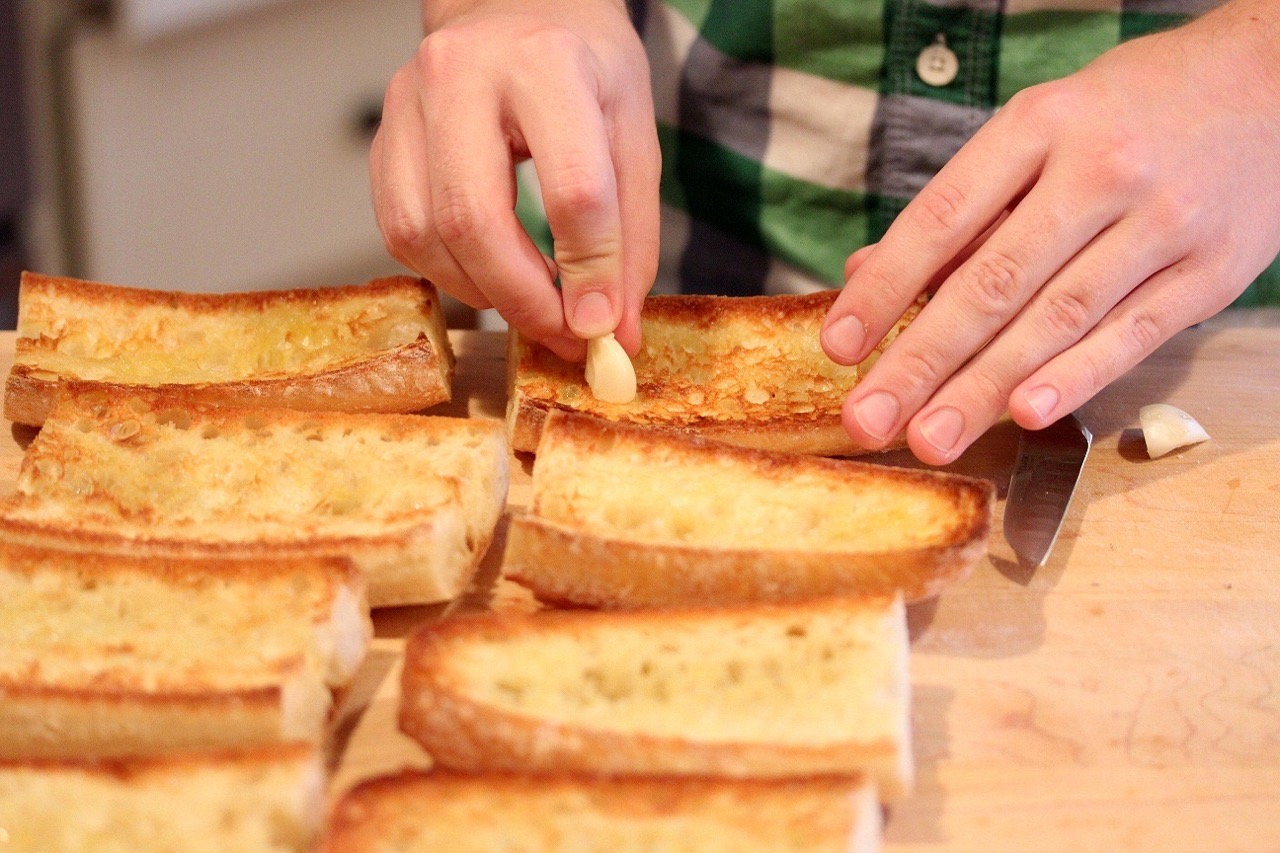

Articles
How To Store Uncooked Garlic Bread
Modified: October 19, 2024
Learn how to properly store uncooked garlic bread in this helpful article. Discover the best tips and techniques for maintaining freshness and flavor.
(Many of the links in this article redirect to a specific reviewed product. Your purchase of these products through affiliate links helps to generate commission for Storables.com, at no extra cost. Learn more)
Introduction
Welcome to the world of garlic bread, a beloved culinary creation that combines the rich flavors of garlic and bread into a heavenly treat. Whether it’s served as an appetizer, a side dish, or a snack, garlic bread never fails to tantalize our taste buds.
But what do you do when you have made more garlic bread than you can consume in one sitting? Properly storing uncooked garlic bread is crucial to ensure its freshness and taste. In this article, we will explore the various methods and options available for storing uncooked garlic bread, allowing you to enjoy this delectable treat at your convenience.
Before we delve into the storage techniques, let’s discuss why it is important to store uncooked garlic bread properly.
Key Takeaways:
- Properly storing uncooked garlic bread is crucial to maintain its freshness, flavor, and texture. Options include refrigeration for short-term storage and freezing for long-term preservation, ensuring delicious garlic bread whenever you desire.
- General tips for storing uncooked garlic bread, such as avoiding air exposure and labeling packaging, help maintain optimal freshness. Choose the storage method that fits your needs and enjoy homemade garlic bread at your convenience.
Read more: How To Store Uncooked Pasta
Why is proper storage important for uncooked garlic bread?
Proper storage of uncooked garlic bread is essential to maintain its quality, taste, and texture. When garlic bread is not stored correctly, it can become dry, stale, or even develop mold, rendering it inedible.
Here are a few reasons why proper storage for uncooked garlic bread is important:
- Preserves freshness: By storing uncooked garlic bread properly, you can preserve its freshness for a longer period. This is especially important when you have made a large batch or anticipate consuming the bread over several days.
- Maintains flavor: Garlic bread is known for its delicious garlic-infused taste. Proper storage techniques help to preserve the flavor of the garlic and prevent it from becoming bland or losing its aromatic quality.
- Prevents drying out: If uncooked garlic bread is not stored correctly, it can dry out quickly, leading to a less enjoyable eating experience. Proper storage methods help to lock in moisture and maintain the bread’s soft, chewy texture.
- Prevents spoilage: Garlic bread contains perishable ingredients like butter and garlic. These ingredients can spoil if not stored properly, posing a health risk. By following the right storage practices, you can prevent spoilage and ensure food safety.
Now that we understand the importance of proper storage for uncooked garlic bread, let’s explore some general tips for storing this delectable treat.
General tips for storing uncooked garlic bread
Before diving into specific storage methods, it’s important to be aware of some general tips for storing uncooked garlic bread. Following these tips will help maximize the lifespan and quality of your bread:
- Avoid exposure to air: Oxygen can cause the bread to become stale and dry. Wrap the uncooked garlic bread tightly in a layer of plastic wrap or aluminum foil to prevent air from reaching it.
- Keep away from moisture: Moisture can cause the bread to become soggy or promote the growth of mold. Store uncooked garlic bread in a dry environment to maintain its freshness.
- Label and date the packaging: To keep track of the storage duration, label the packaging with the date it was prepared. This will help you identify how long the bread has been stored and ensure timely consumption.
- Store in appropriate portions: If you anticipate needing smaller portions of garlic bread, consider dividing the dough into individual servings before storing. This will allow you to thaw or bake only what you need, minimizing waste.
- Store in airtight containers: Using airtight containers, such as plastic containers or freezer bags, can help maintain the freshness and prevent any odors from affecting the flavor of the bread.
Now that we have covered some general tips for storing uncooked garlic bread, let’s explore a few specific methods you can use to keep your garlic bread fresh and ready to be enjoyed when you need it.
Option 1: Storing uncooked garlic bread in the refrigerator
The refrigerator is a common and convenient option for storing uncooked garlic bread. Here’s how you can do it:
- Wrap the uncooked garlic bread tightly in plastic wrap or aluminum foil to prevent air exposure.
- Place the wrapped garlic bread in an airtight container or a resealable plastic bag. This extra layer of protection will help prevent any odors from the refrigerator from seeping into the bread.
- Store the container or bag in the refrigerator, ideally in a section with a consistent temperature, such as the middle shelf.
- Consume the garlic bread within 2-3 days for the best taste and quality.
It’s important to note that storing uncooked garlic bread in the refrigerator may cause the bread to lose some of its crispness. To regain the desired crust texture, you can lightly toast the bread in the oven before serving.
Now, let’s move on to another option for storing uncooked garlic bread: freezing.
Option 2: Freezing uncooked garlic bread
Freezing uncooked garlic bread is an excellent method for long-term storage. Follow these steps to freeze your uncooked garlic bread:
- Prepare the uncooked garlic bread as desired, whether it’s a full loaf, individual rolls, or slices.
- Place the uncooked garlic bread on a baking sheet lined with parchment paper or a silicone mat. This will prevent the bread from sticking and make it easier to remove later.
- Put the baking sheet with the garlic bread in the freezer and allow it to freeze for about an hour or until it becomes firm.
- Once the bread is frozen, transfer it to a freezer-safe bag or airtight container. Make sure to remove as much air as possible from the bag before sealing it tightly.
- Label the container or bag with the date and contents.
- Return the container to the freezer, where it can be stored for up to three months.
- When you’re ready to bake the garlic bread, preheat your oven according to the recipe’s instructions.
- Remove the frozen garlic bread from the freezer and let it thaw in the refrigerator overnight.
- Once thawed, follow the original recipe’s baking instructions to cook the garlic bread to perfection.
Freezing uncooked garlic bread allows you to have it readily available whenever you crave it. Plus, it’s a great way to ensure minimum wastage and have a homemade treat on hand for surprise guests or impromptu gatherings.
Next, let’s explore the option of vacuum sealing uncooked garlic bread for optimal freshness.
Store uncooked garlic bread in an airtight container or resealable plastic bag in the freezer. This will prevent it from drying out and preserve its freshness.
Read more: How To Store Cooked Garlic Bread
Option 3: Vacuum sealing uncooked garlic bread
Vacuum sealing is an excellent method for extending the shelf life of uncooked garlic bread, as it effectively removes air and prevents freezer burn. Here’s how you can vacuum seal your uncooked garlic bread:
- Prepare the uncooked garlic bread as desired, such as shaping it into a loaf or rolls.
- Wrap the garlic bread tightly in plastic wrap to maintain its shape and prevent any leaks during the vacuum sealing process.
- Place the wrapped garlic bread into a vacuum-seal bag or a suitable vacuum-seal container.
- Follow the manufacturer’s instructions for your vacuum-sealing device to remove the air and create an airtight seal around the garlic bread.
- If using a vacuum-seal bag, make sure to leave enough space at the top for any expansion that may occur during freezing.
- Label the bag or container with the date and contents, and then place it in the freezer.
- When you’re ready to enjoy the garlic bread, remove it from the freezer and let it thaw in the refrigerator overnight.
- Once thawed, bake the garlic bread according to your preferred recipe or the original instructions.
Vacuum-sealed uncooked garlic bread can be stored in the freezer for several months, maintaining its quality and flavor until you’re ready to enjoy it. This method is especially useful if you want to preserve the garlic bread for an extended period or if you have made a large batch that you won’t consume all at once.
Now that we’ve covered vacuum sealing, let’s move on to another option: storing uncooked garlic bread in an airtight container.
Option 4: Storing uncooked garlic bread in an airtight container
Storing uncooked garlic bread in an airtight container is a simple and convenient method that helps maintain its freshness and flavor. Here’s how you can do it:
- Prepare the uncooked garlic bread as desired, shaping it into a loaf, rolls, or slices.
- Place the garlic bread in an airtight container. Make sure that the container is large enough to accommodate the bread without compressing or squishing it.
- Seal the container tightly to create an airtight environment, preventing air from reaching the bread.
- Label the container with the date of storage to keep track of its freshness.
- Store the container in a cool and dry place, away from direct sunlight or heat sources.
- Consume the garlic bread within 2-3 days for the best taste and quality.
Storing uncooked garlic bread in an airtight container is a great option when you only need to preserve the bread for a short time. It helps maintain the bread’s moisture and prevents it from drying out or absorbing unwanted odors from the surroundings.
Now that we’ve explored storing garlic bread in an airtight container, let’s move on to the final option: storing uncooked garlic bread in the pantry.
Option 5: Storing uncooked garlic bread in the pantry
If you plan to consume your uncooked garlic bread within a day or two, storing it in the pantry can be a convenient option. Here’s how you can store uncooked garlic bread in the pantry:
- Prepare the uncooked garlic bread as desired, shaping it into a loaf, rolls, or slices.
- Place the garlic bread in a paper bag or a bread box to protect it from dust and any potential moisture in the pantry.
- Keep the bread at room temperature in a cool and dry area of the pantry, away from direct sunlight or excessive heat.
- Consume the garlic bread within 1-2 days to ensure maximum freshness and flavor.
Storing uncooked garlic bread in the pantry is ideal when you are planning to bake it soon or want quick access to the dough for last-minute preparations. However, keep in mind that bread stored in the pantry has a shorter shelf life compared to other storage methods, so it’s best to use it as soon as possible.
It’s important to note that if your environment is particularly humid or prone to pests, it is recommended to use other methods like refrigeration or freezing for better preservation.
Now that we have explored various options for storing uncooked garlic bread, you can choose the method that works best for your needs and enjoy fresh and delicious garlic bread whenever you desire.
Remember to always follow proper food safety guidelines and use your best judgment when consuming stored food.
Happy cooking and enjoying your homemade garlic bread!
Conclusion
Properly storing uncooked garlic bread is essential to maintain its freshness, flavor, and texture. Whether you have made a large batch or are planning ahead for future meals, following the right storage methods ensures that you can enjoy delicious homemade garlic bread at your convenience.
In this article, we explored various options for storing uncooked garlic bread:
- Storing in the refrigerator offers a short-term storage solution, maintaining freshness for 2-3 days.
- Freezing uncooked garlic bread is a great option for long-term storage, allowing you to keep it for up to three months while preserving its quality.
- Vacuum sealing uncooked garlic bread extends its shelf life and prevents freezer burn.
- Storing in an airtight container is a simple and effective method for preserving garlic bread for a short period of time.
- Storing in the pantry is suitable for immediate consumption within 1-2 days.
Remember to follow general tips for storing uncooked garlic bread, such as wrapping it tightly, keeping it away from air and moisture, and labeling the packaging with dates. These practices help ensure optimal freshness and prevent spoilage.
Choose the storage method that fits your needs and enjoy the convenience of having homemade garlic bread ready to be baked or toasted whenever you want.
However, always prioritize food safety and trust your senses. If the garlic bread shows signs of spoilage or an off odor, it’s best to discard it to avoid any health risks.
Whether you’re preparing a family dinner, hosting a gathering, or simply satisfying a late-night craving, properly stored uncooked garlic bread will always come to the rescue, offering mouthwatering flavors and warmth. So go ahead and utilize these storage methods to enjoy the irresistible delight of homemade garlic bread anytime, anywhere.
Now that you're armed with knowledge on storing uncooked garlic bread, why stop there? Keeping food fresh is an art, and our next guide on food storage offers the best strategies for keeping your pantry essentials at peak freshness. Don't let perishables go to waste; master the secrets of effective food preservation and enhance your kitchen savvy. Ready to optimize your storage techniques for everything from grains to greens? Dive into our detailed guide and keep your ingredients fresh longer!
Frequently Asked Questions about How To Store Uncooked Garlic Bread
Was this page helpful?
At Storables.com, we guarantee accurate and reliable information. Our content, validated by Expert Board Contributors, is crafted following stringent Editorial Policies. We're committed to providing you with well-researched, expert-backed insights for all your informational needs.
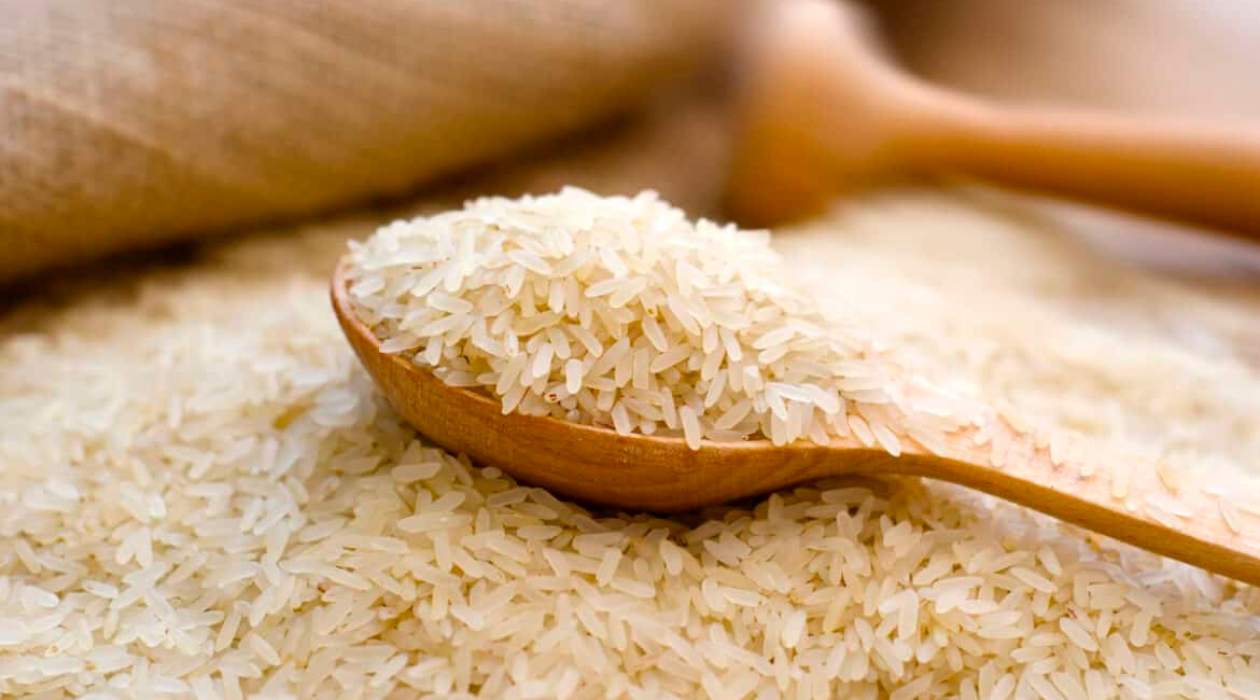
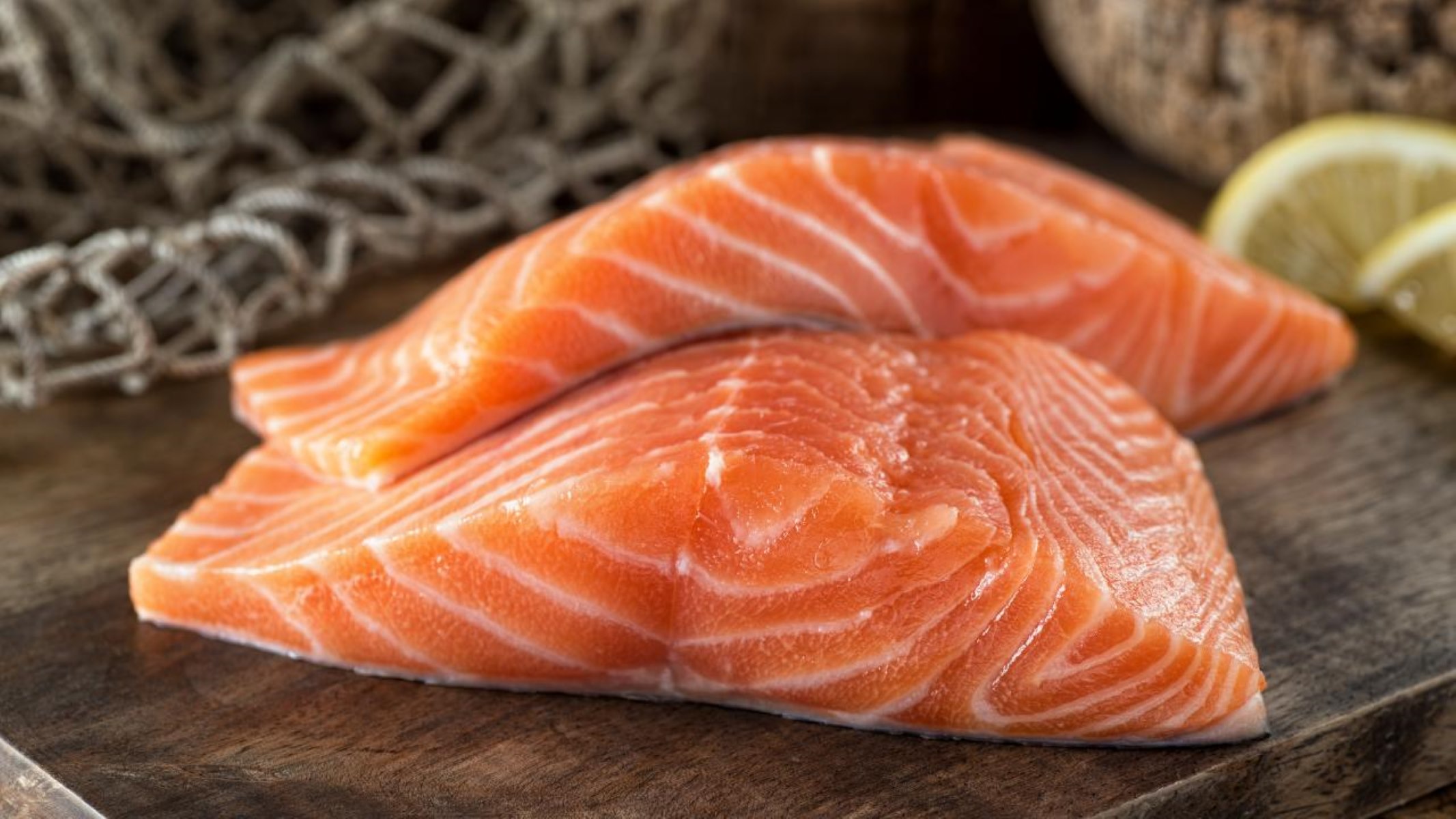
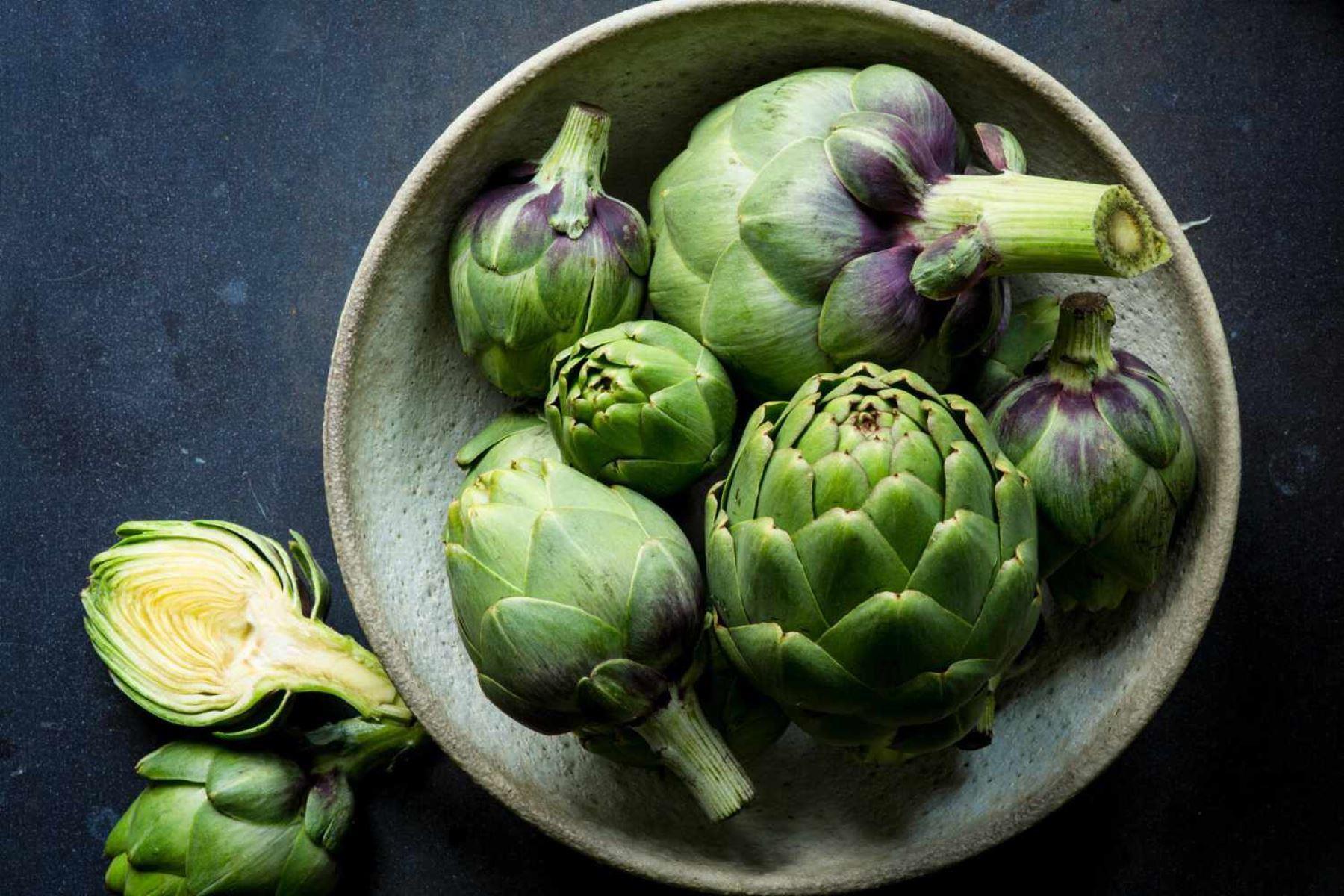
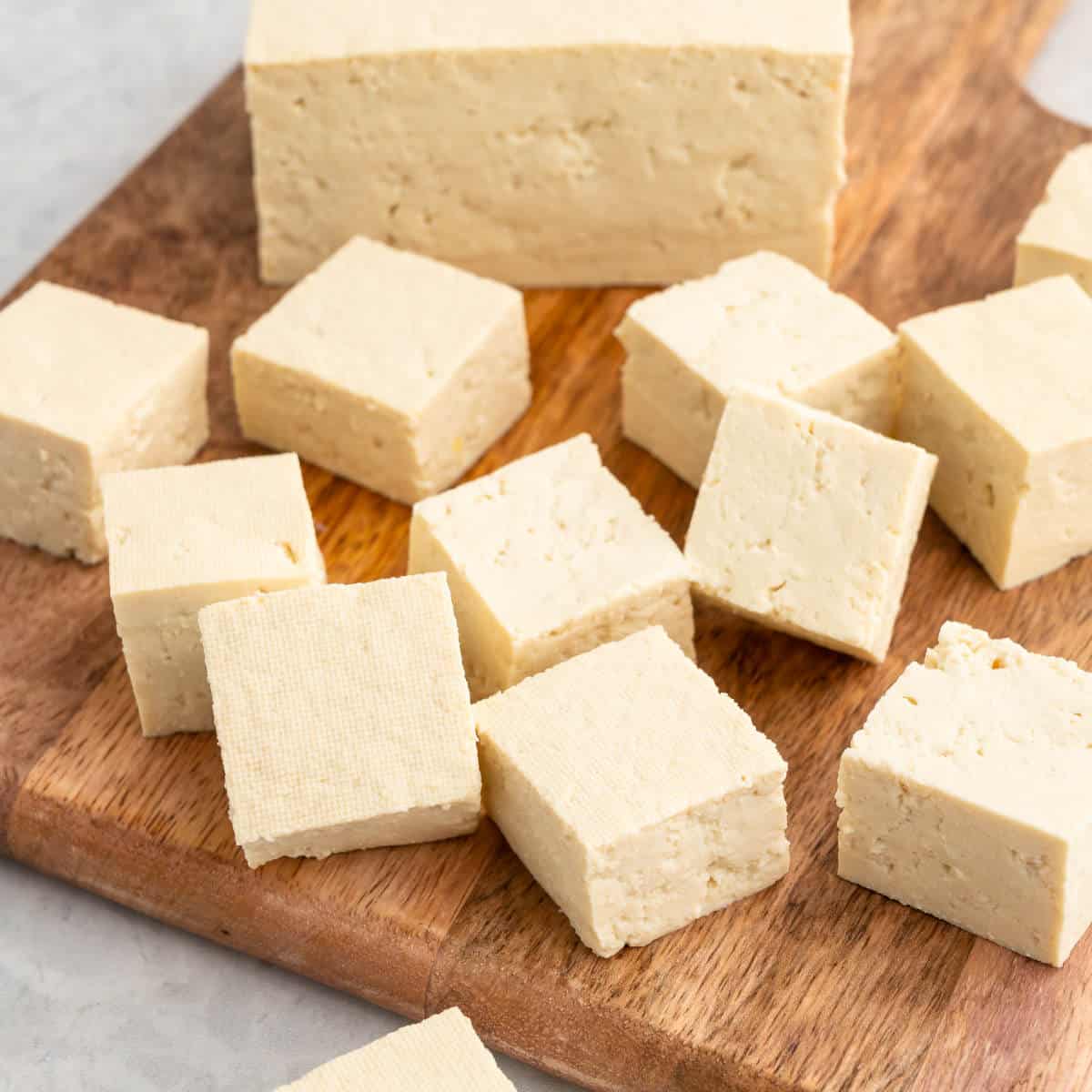

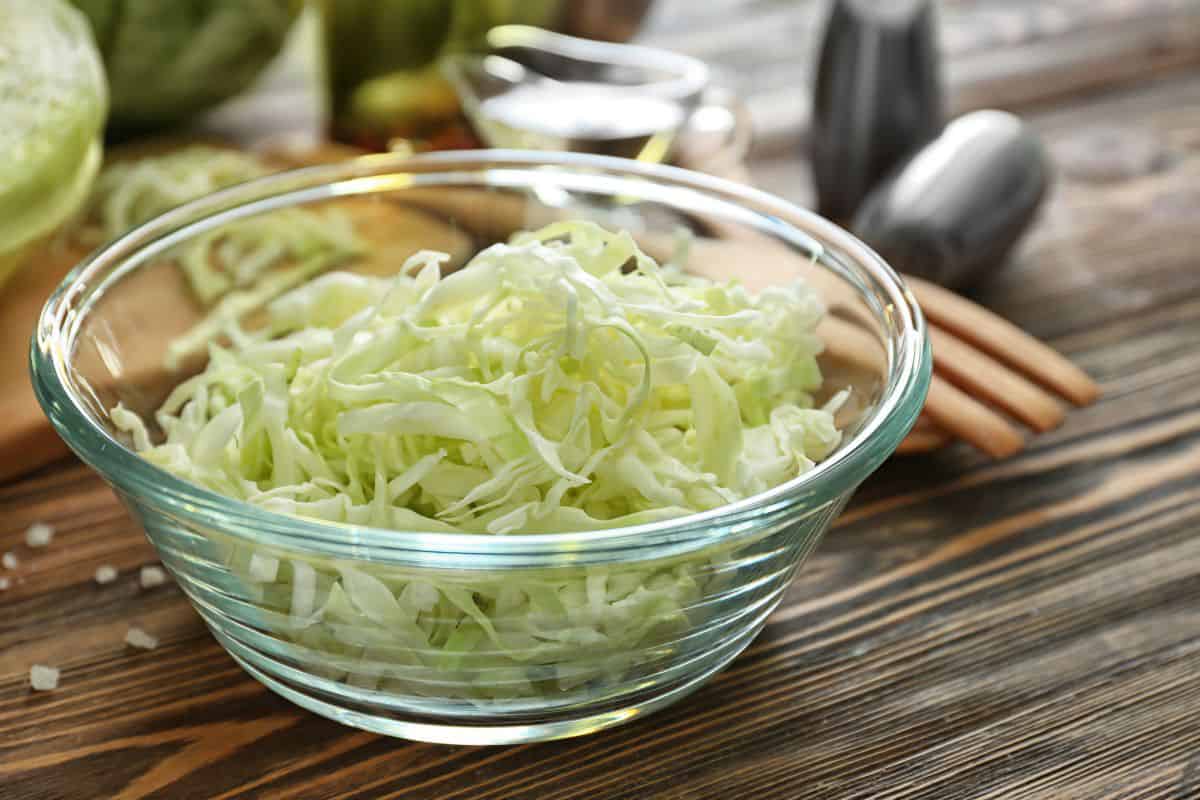
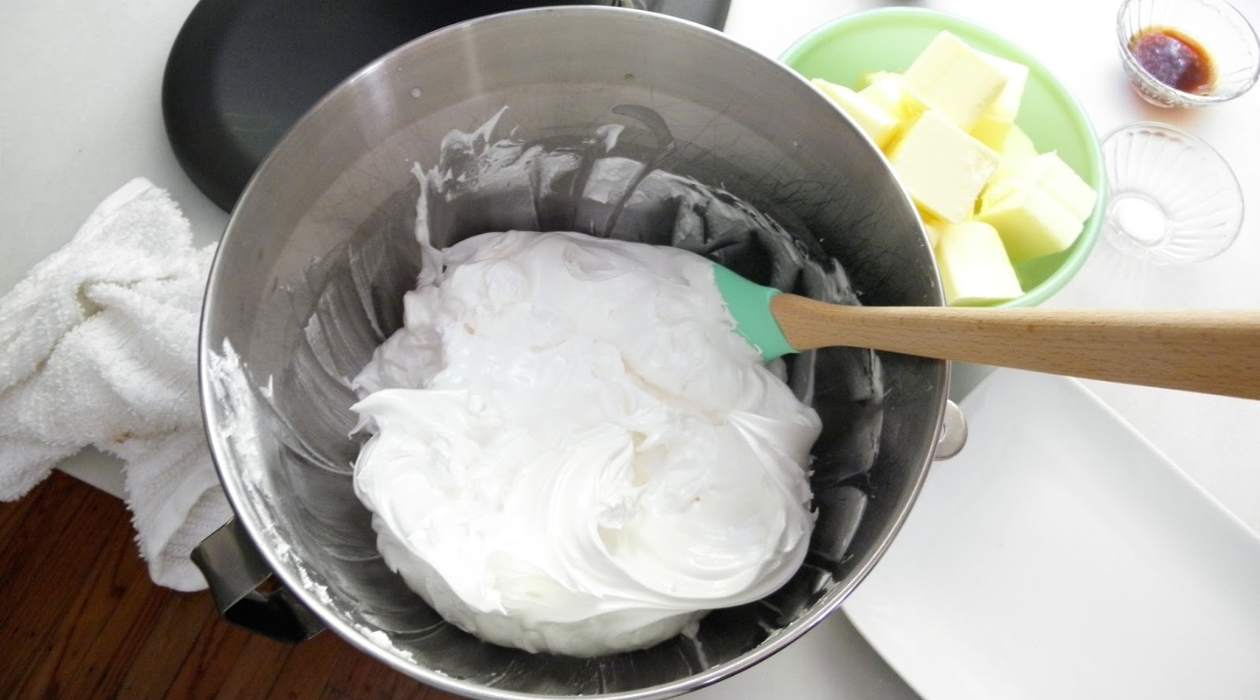
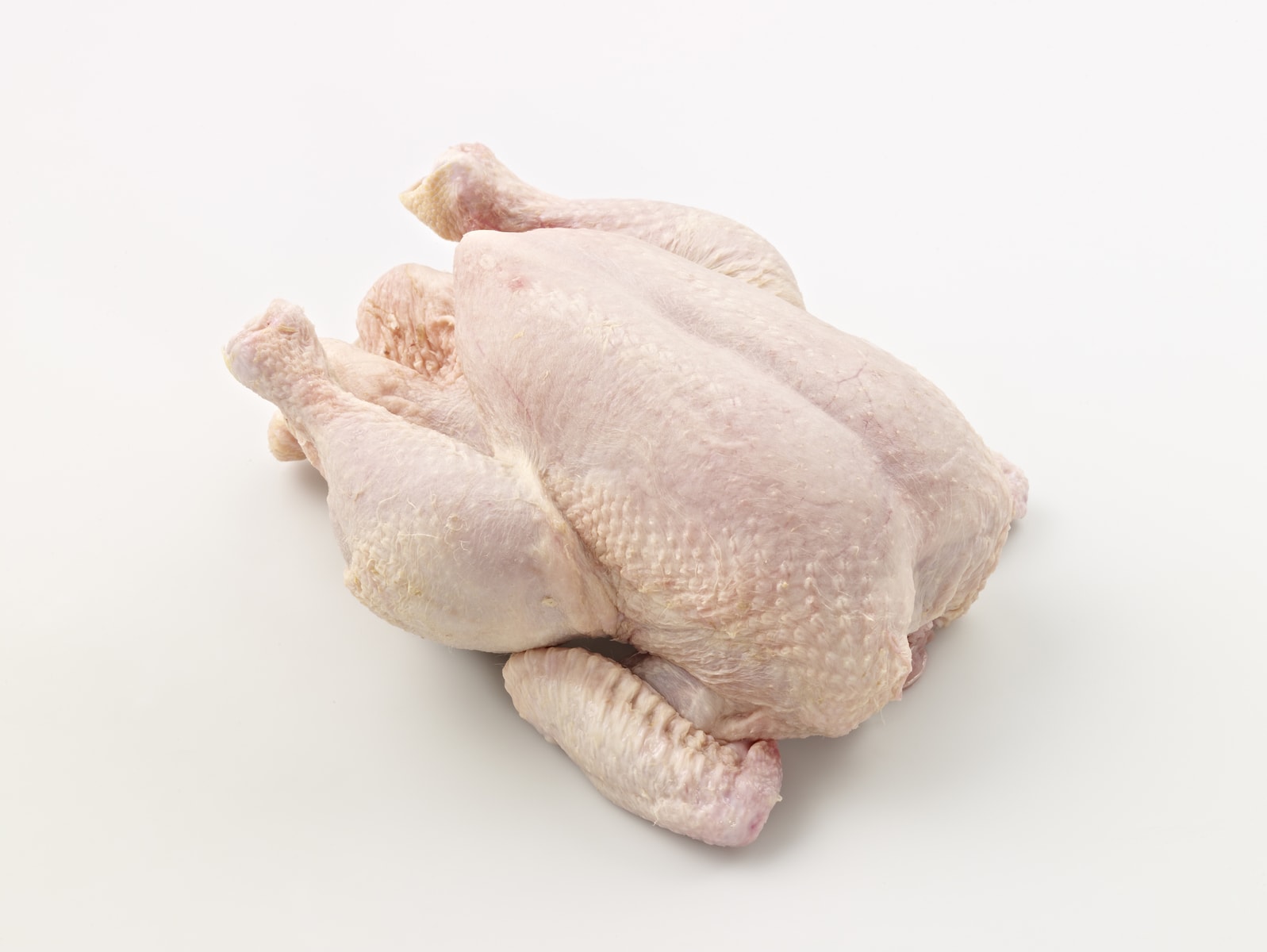
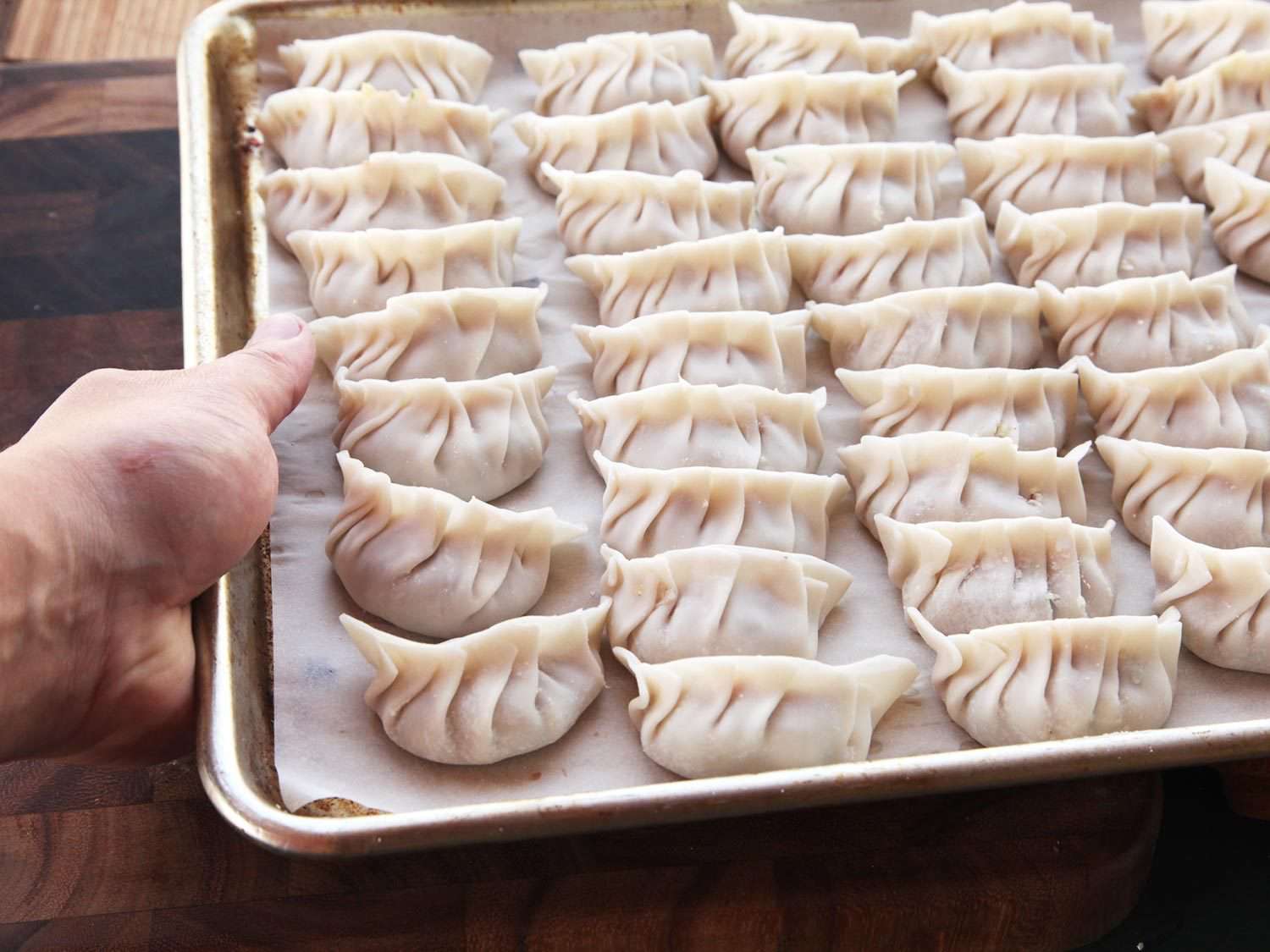
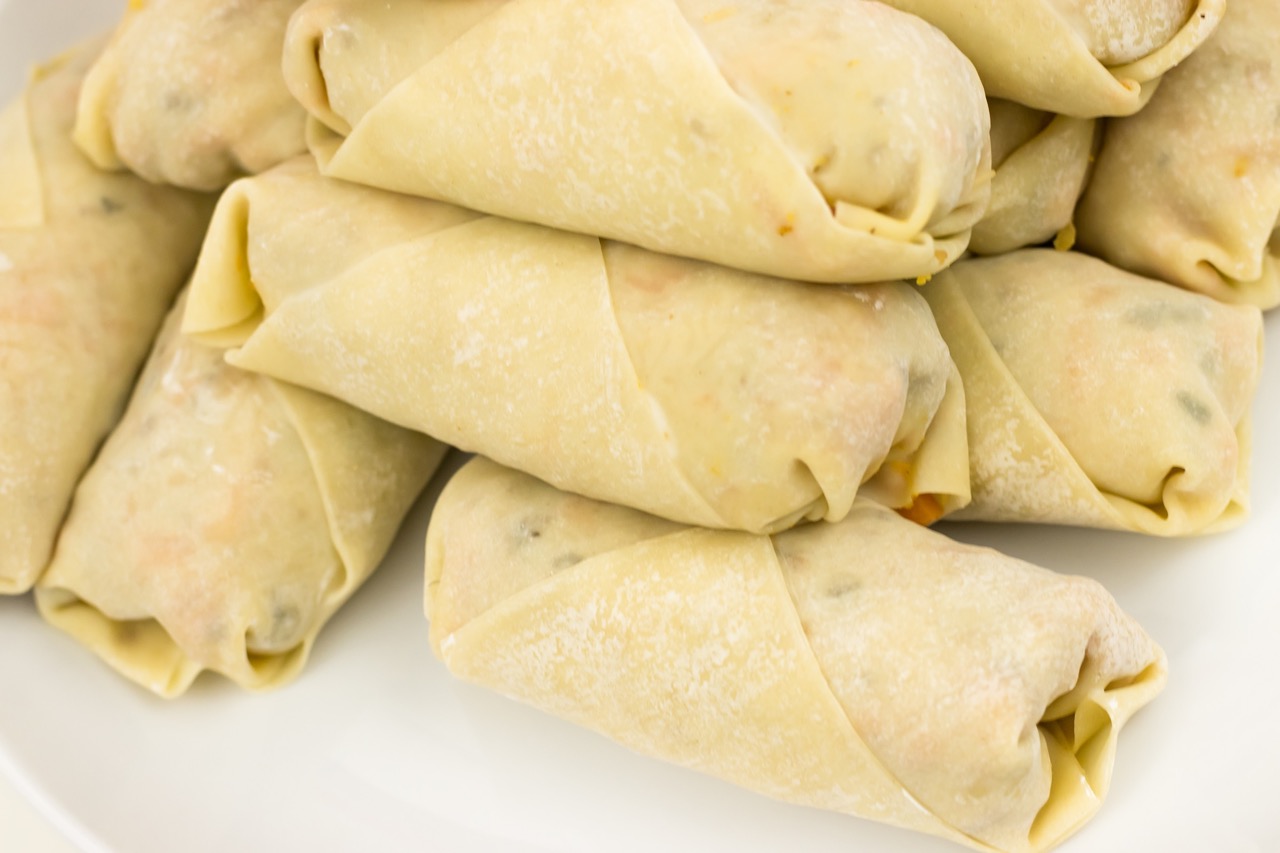

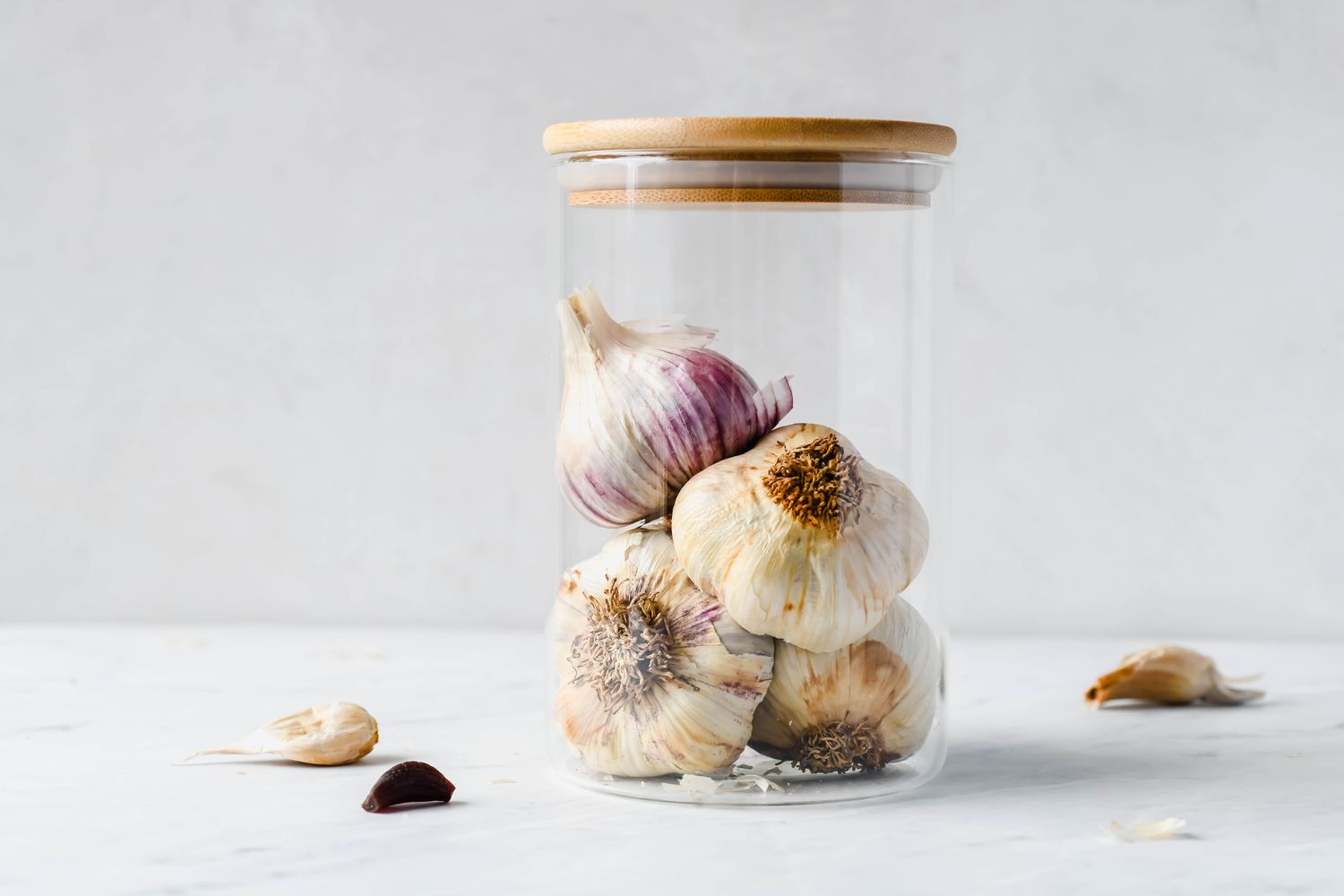

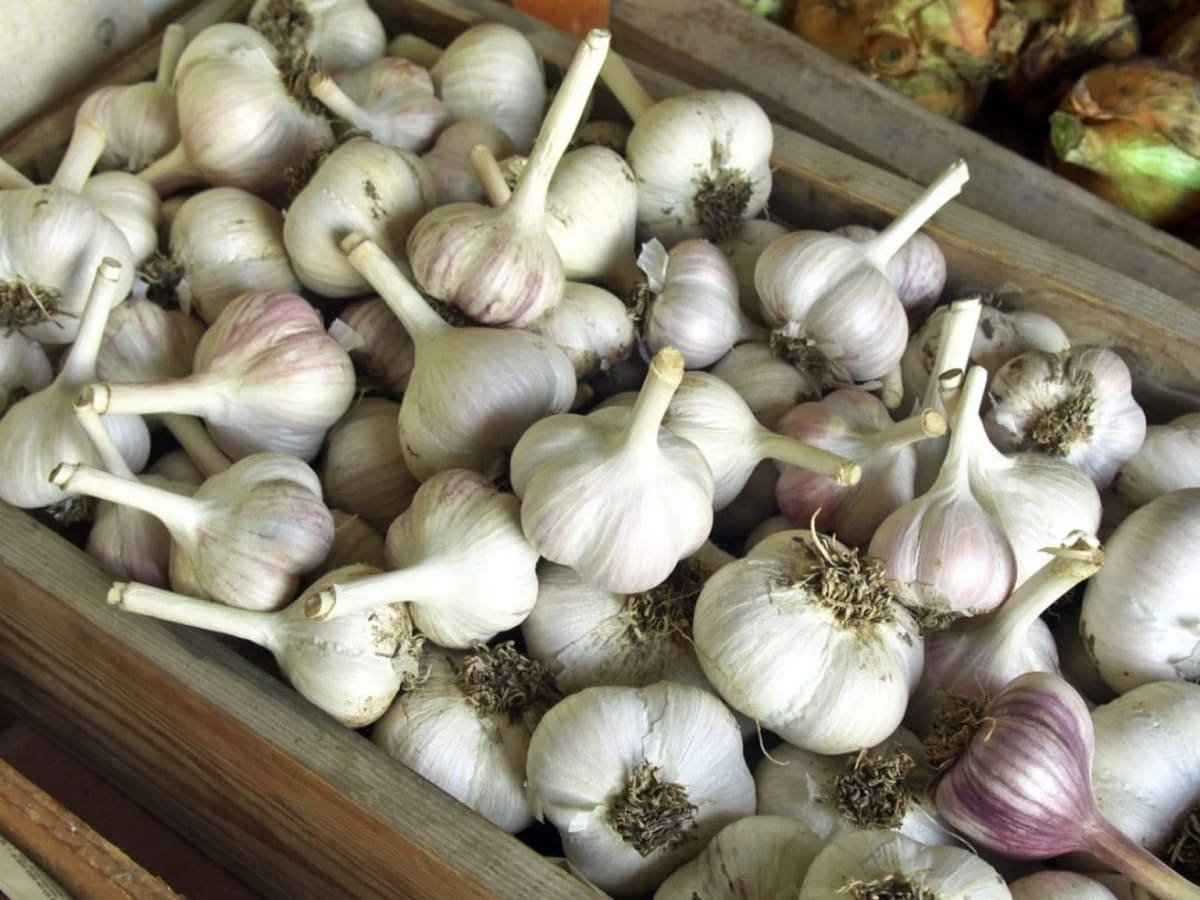

0 thoughts on “How To Store Uncooked Garlic Bread”